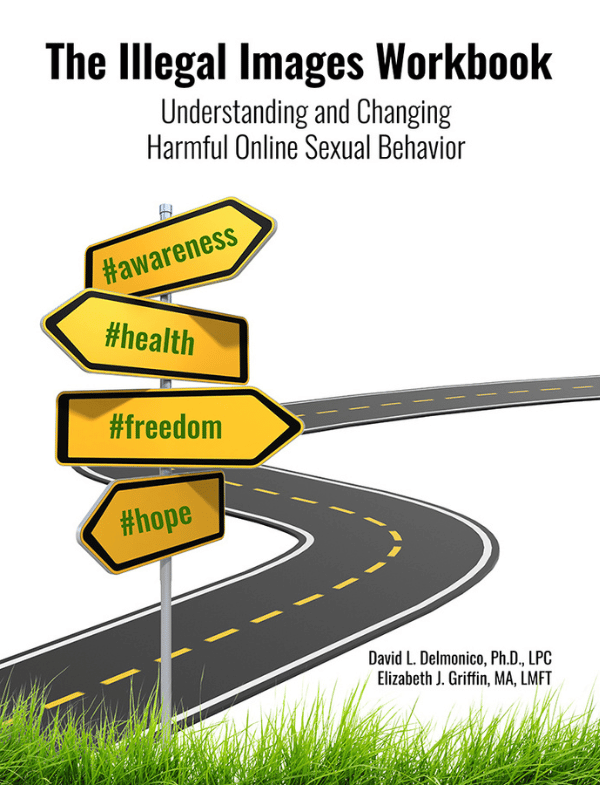Home / Shop / For Survivors
Evicting the Perpetrator

- Description
- Specifications
Evicting the Perpetrator
A Male Survivor's Guide for Recovery from Childhood Sexual Abuse
by Ken Singer
Evicting the Perpetrator is a powerful guide written specifically for men who have experienced childhood sexual abuse. Drawing on over 30 years of experience working with individuals affected by these experiences and those responsible for causing harm, Singer offers an informed perspective that empowers men to take back control of their lives.
 A Different Approach to Healing
A Different Approach to Healing
Unlike many resources that address only the symptoms and consequences of abuse, this book focuses on understanding the methods and tactics used by individuals who perpetrate abuse. By examining how these individuals manipulate those who have been harmed, survivors can shift responsibility back where it belongs—on the person who committed the abuse—and begin the process of recovery.
Even years or decades after the abuse has ended, the perpetrator can maintain emotional control over the survivor by remaining a feared and powerful presence in their mind. This lingering power manifests in:
- Persistent feelings of shame and guilt
- Self-defeating behaviors
- Difficulties in relationships
- Ongoing anger and fear
Understanding Manipulative Behavior to Empower Survivors
One of the book's strengths is its explanation of different types of manipulative behaviors and the methods employed by those who engage in them. Singer writes,
"Abusers are really bullies and cowards. They pick on people smaller, weaker, and more vulnerable than they are...it is the abuser's own planning, lies, and manipulation that cause the abuse. The boy himself is guilty of nothing more than being a child."
This insight into the mindset of those who use such tactics isn't designed for survivors to give more mental space to the person who harmed them, but rather to help survivors recognize the manipulation they experienced and place responsibility where it belongs.
The Process of “Eviction”
- Letting Go vs. Forgiveness
Singer makes an important distinction between "letting go" and "forgiveness." Letting go means freeing oneself from unproductive emotions like fear and anger that can keep the effects of harmful behavior alive. This is presented as an act of personal power—taking back control of one's emotional life. Forgiveness, on the other hand, is described as a separate, personal decision that may or may not be part of a survivor's journey. The focus remains on the survivor's wellbeing rather than on granting absolution to the person responsible for the harm.
Disclosure
- Breaking the silence about abuse is a powerful step in reclaiming control from the effects of manipulation and control. The book provides specific, practical guidance on how and why to share one’s story, including:
- Detailed considerations about who to tell, what details to share, and when and where to have these conversations
- A case study (“Larry's story”) demonstrating successful disclosure
- Recognition that disclosure is a necessary step for every survivor to break the secrecy that perpetuates shame Focusing on Healing
- Breaking the silence about abuse is a powerful step in reclaiming control from the effects of manipulation and control. The book provides specific, practical guidance on how and why to share one’s story, including:
- Changing Self-Defeating Patterns
- Many individuals who experience abuse develop behaviors that, while once serving as coping mechanisms, now represent the ongoing effects of manipulation and control. Singer offers:
- Methods for recognizing emotional triggers and unhealthy patterns
- Practical interventions to change these behaviors
- Guidance on self-forgiveness for past actions that were consequences of the abuse
- Many individuals who experience abuse develop behaviors that, while once serving as coping mechanisms, now represent the ongoing effects of manipulation and control. Singer offers:
- Focusing on Healing
- Singer emphasizes directing energy toward recovery rather than being consumed by thoughts of the person who caused harm. This includes:
- Shifting focus from rage or revenge fantasies to personal growth
- Recognizing signs of successful "eviction"
- Maintaining healthy mental boundaries
- Pursuing positive life goals as an act of reclaiming one's future
- Singer emphasizes directing energy toward recovery rather than being consumed by thoughts of the person who caused harm. This includes:
Throughout the text, survivors' experiences and case studies illustrate these concepts.
 Support for Loved Ones
Support for Loved Ones
The book includes a dedicated appendix specifically for partners, family members, and friends of male survivors. This section recognizes that those closest to survivors often need guidance to:
- Understand the psychological effects of childhood sexual abuse on adult men
- Navigate relationship challenges that may arise as a result of past trauma
- Interpret behaviors that might seem confusing or hurtful but are connected to the abuse experience
- Learn specific ways to support a survivor without overwhelming him
- Develop strategies for addressing intimacy and trust issues that commonly affect survivors
Healing from experiences of sexual harm affects not only the survivor but also those in close relationships with them. By providing practical tools for supporters, the book helps create a stronger network around people as they work through their recovery process.
Evicting the Perpetrator is an essential resource for men who have experienced childhood sexual abuse and are seeking to break free from its lingering effects, as well as for the professionals who support them on their healing journey.
Ken Singer has created a book that is smart, helpful, compassionate, and innovative, a product of his long career working with both survivors and offenders, combining caring with toughness. Survivors, and those who care about them, will benefit from (and be challenged by) his deeply human approach to “moving on” in recovery. --Mike Lew, author of Victims No Longer and Leaping Upon the Mountain
Paperback
334 pages
ISBN: 978-1-929657-46-9




